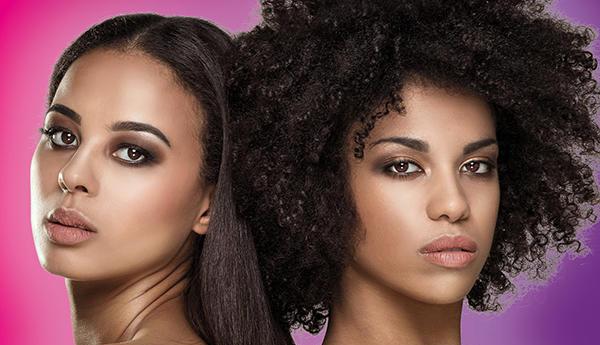Is the beauty industry responsible for perpetuating unrealistic beauty standards?
The beauty industry has undoubtedly played a significant role in perpetuating unrealistic beauty standards throughout history. From fashion magazines to advertising campaigns, the industry has long been a powerful influencer in shaping society’s ideals of beauty.
One way the beauty industry contributes to these unrealistic standards is through the heavy use of photo retouching and airbrushing. Many advertisements and magazine covers showcase flawless, unattainable images of models and celebrities.

These digitally altered images create an illusion of perfection, leading individuals to believe that flawless skin, hair, and bodies are the norm. As a result, people often feel inadequate or dissatisfied with their natural appearances, which can harm their self-esteem and mental health.
Moreover, the industry has promoted products and treatments promising rapid and dramatic transformations. Advertisements often suggest that using a particular skincare product or makeup line can miraculously erase wrinkles, clear acne, or reshape one’s body.
In reality, exaggerated claims often lead to wasted money when products fail to deliver as promised.
The fashion industry, closely associated with beauty, has also been complicit in perpetuating unrealistic beauty standards.
Runway models typically adhere to extremely slender body types, which can lead to harmful dieting practices among young women and men striving to achieve similar physiques. This obsession with thinness can contribute to eating disorders and other health issues.
However, it is important to note that the industry is not solely responsible for these unrealistic standards. Society, culture, and the media all play their part in shaping beauty ideals. Nevertheless, beauty holds a unique position of influence.
As a result, it has a responsibility to promote more diverse and realistic representations of beauty.
There has been a growing push within the beauty industry in recent years for greater inclusivity and authenticity. Brands increasingly use models of various ethnicities, ages, body types, and gender identities in their campaigns.
These efforts are steps in the right direction, challenging and changing long-standing unattainable beauty standards.
Conclusion
The beauty industry perpetuates unrealistic beauty standards through retouching, exaggerated claims, and limited beauty representations.
The industry is increasingly addressing these issues and promoting inclusive, realistic ideals of beauty, fostering greater self-acceptance and diversity. 바카라사이트

